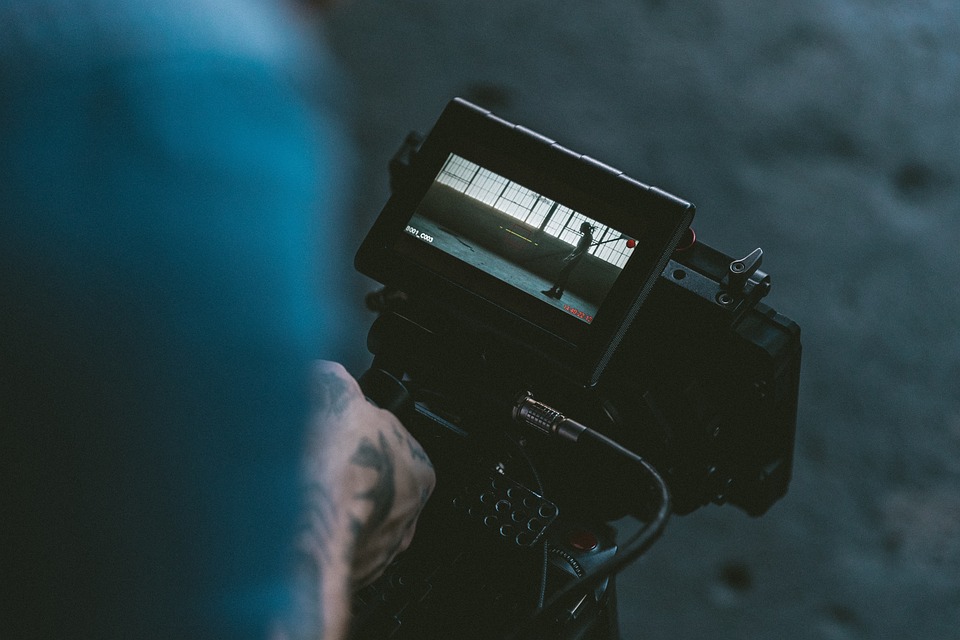Changing the Narrative: Diversity and Representation in Filmmaking
In recent years, there has been a notable shift in the way diversity and representation are being portrayed in the world of filmmaking. The film industry has historically been dominated by a homogenous group of creators and storytellers, resulting in a lack of representation for marginalized communities. However, as society becomes increasingly diverse and inclusive, there is a growing demand for more authentic and diverse narratives on screen.
The Power of Representation
Representation in film is vital because it shapes our perceptions of the world around us. When we see ourselves reflected in the stories we consume, it validates our experiences and helps us feel seen and heard. Conversely, the lack of representation can lead to feelings of invisibility and alienation. This is particularly true for marginalized communities, who have historically been underrepresented in mainstream media.
When filmmakers prioritize diversity and representation in their storytelling, they not only provide a platform for underrepresented voices but also challenge the dominant narratives that perpetuate stereotypes and biases. By telling diverse stories from diverse perspectives, filmmakers can help break down barriers, foster empathy, and promote understanding across different communities.
The Need for Change
Despite the increasing demand for diversity and representation in filmmaking, the industry still has a long way to go. Studies have shown that Hollywood continues to be overwhelmingly white, male, and straight, both in front of and behind the camera. This lack of diversity not only limits the types of stories being told but also perpetuates harmful stereotypes and reinforces existing power dynamics.
As audiences become more vocal and demand more inclusive representation, filmmakers are beginning to take notice. Many production companies and studios are now actively seeking out diverse talent and stories that challenge the status quo. This shift towards inclusivity is not only a moral imperative but also a smart business decision, as films that prioritize diversity have been shown to perform better at the box office.
Creating Change Through Collaboration
One of the key ways to promote diversity and representation in filmmaking is through collaboration. By working with a diverse group of artists, writers, and filmmakers, creators can bring a variety of perspectives and experiences to the table, resulting in richer and more authentic storytelling. This approach not only helps to break down barriers but also fosters a sense of community and solidarity among creators from different backgrounds.
In addition to collaboration, it is also essential for filmmakers to actively seek out and amplify underrepresented voices. This means actively recruiting diverse talent, telling stories that reflect a wide range of experiences, and challenging existing power structures within the industry. By prioritizing diversity and representation at every stage of the filmmaking process, creators can help create a more inclusive and equitable industry for future generations.
Empowering the Next Generation
As the next generation of filmmakers begins to emerge, it is crucial to provide them with the tools and resources needed to tell their stories authentically. This means investing in diverse talent, providing mentorship opportunities, and creating pathways for underrepresented voices to break into the industry. By empowering the next generation of creators, we can help create a more inclusive and diverse film industry that reflects the world we live in.
In conclusion, diversity and representation in filmmaking are essential for creating a more inclusive and equitable industry. By prioritizing diverse storytelling, collaborating with a variety of voices, and empowering the next generation of creators, filmmakers can help challenge existing power dynamics and promote understanding across different communities. As society becomes increasingly diverse and inclusive, the film industry must also evolve to reflect this changing landscape. Only by working together can we create a more inclusive and representative film industry that reflects the diversity of the world we live in.



